
The espresso martini cocktail is a delightful hybrid drink that offers the best of both worlds: the delightful vodka buzz of a traditional vodka martini, combined with the caffeinated richness of an espresso beverage. Like a regular martini, an espresso martini can be served in a regular V-shaped martini glass. But that isn’t mandatory: an espresso martini is sometimes served in a wide U-shaped cocktail glass — and instead of the olives and dry vermouth found in a vodka martini, an espresso martini combines vodka with coffee-minded ingredients. Like a traditional martini, an espresso martini is served cold.
Espresso Martini Ingredients
Serving Size: 1 or 2
- 2 ounces, vodka/4 ounces, vodka
- 1 ounce of freshly brewed espresso/2 ounces of freshly brewed espresso
- ½ ounce, simple syrup/1 ounce, simple syrup
- ½ ounce, coffee liqueur/1 ounce, coffee liqueur
- 3 coffee beans (to garnish)/6 coffee beans (to garnish)
Espresso Martini Recipe
- Fill a cocktail shaker with ice.
- Add the ingredients to the ice-filled cocktail shaker.
- Shake the cocktail aggressively for 20 seconds or longer.
- After shaking the contents of the cocktail shaker, strain them into a glass.
- Spoon any extra foam from the cocktail shaker and add it to the top of the drink.
- Garnish with 3 coffee beans.
History of the Vodka Espresso
The espresso martini is a much younger drink than a traditional martini, which began to appear in American bartender manuals in the late 19th Century. The late Dick Bradsell, a famous British bartender, invented the espresso martini in 1983 while working at the Soho Brasserie in London. Bradsell wasn’t afraid to experiment when it came to cocktails, and he came up with the espresso martini when a customer asked him to make her an alcoholic cocktail with coffee. Combining vodka, sugar, coffee liqueur and a shot of espresso, Bradsell’s invention was at first called a “vodka espresso.” But eventually, it came to be called an espresso martini. Other famous cocktails that Bradsell created include the bramble, the treacle, the Russian spring punch, the wibble and the Carol Channing (named after the actress/cabaret singer).
Fun Facts About Espresso Martinis:
1. The 3-coffee bean garnish at the top has a meaning
Cocktails, depending on the drink, can be garnished with anything from a cherry to a slice of lemon. One of the espresso martini’s trademarks is three coffee beans on the top, and those beans serve a purpose: they represent health, wealth and happiness. So when friends, lovers or relatives are having a toast while drinking espresso martinis, they are celebrating those three things.
2. ‘Expresso’ is officially a word
“Espresso” is an Italian word that can be used as the past tense of the verb “to express” (as in “expressed”) or as a noun when referring to the world-renowned coffee beverage. And when Italian-style caffè espresso became popular in the English-speaking world during the 20th Century, those who didn’t speak Italian mistakenly called it “expresso.” But the use of “expresso” among English speakers became so common that “expresso” was added to Webster’s Dictionary, which describes “expresso” as a “common variant of espresso” and gives two definitions for “expresso: (1) “coffee brewed by forcing hot water through finely ground darkly roasted coffee beans,” and (2) “a cup of espresso.” So, anyone who requests an “expresso martini” in a bar or restaurant has the Webster’s Dictionary stamp of approval.
3. Tips for Making Your Espresso Martinis Better
There are a variety of ways to make an espresso martini excellent instead of merely good or adequate, and one of them is by making it frothier. Several steps can be taken to ensure that an espresso martini is as frothy as possible. First, only use fresh-brewed espresso, which ensures that one has an above-average foam to work with. Second, use plenty of ice in the cocktail shaker, and be sure to shake the contents well — the more aggressive the shaking, the more foam there will be. Third, after pouring the cocktail, be sure to spoon any foam that is left in the shaker and add it to the top of the espresso martini.
Another thing that will improve the taste of an espresso martini is using a high-quality vodka. Smirnoff No. 21 is a popular option for espresso martinis.
The quality of the espresso is also important to the taste of an espresso martini. If an experienced barista really swears by a particular type of espresso, it can work as well in an espresso martini as it does in traditional coffee beverages. And the quality of the sugar can enhance an espresso martini’s flavor as well, although the amount of sweetness can be a matter of individual preference.


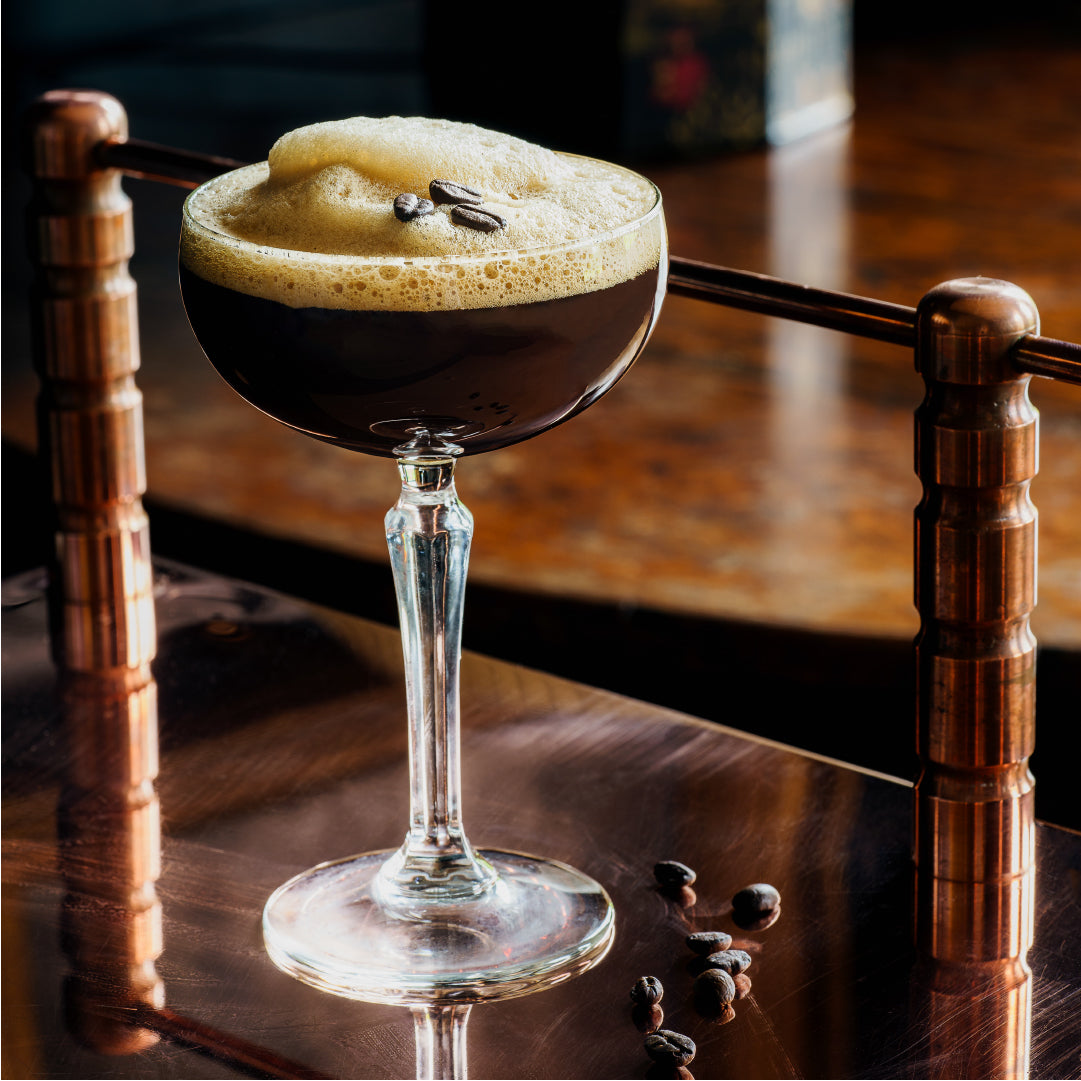
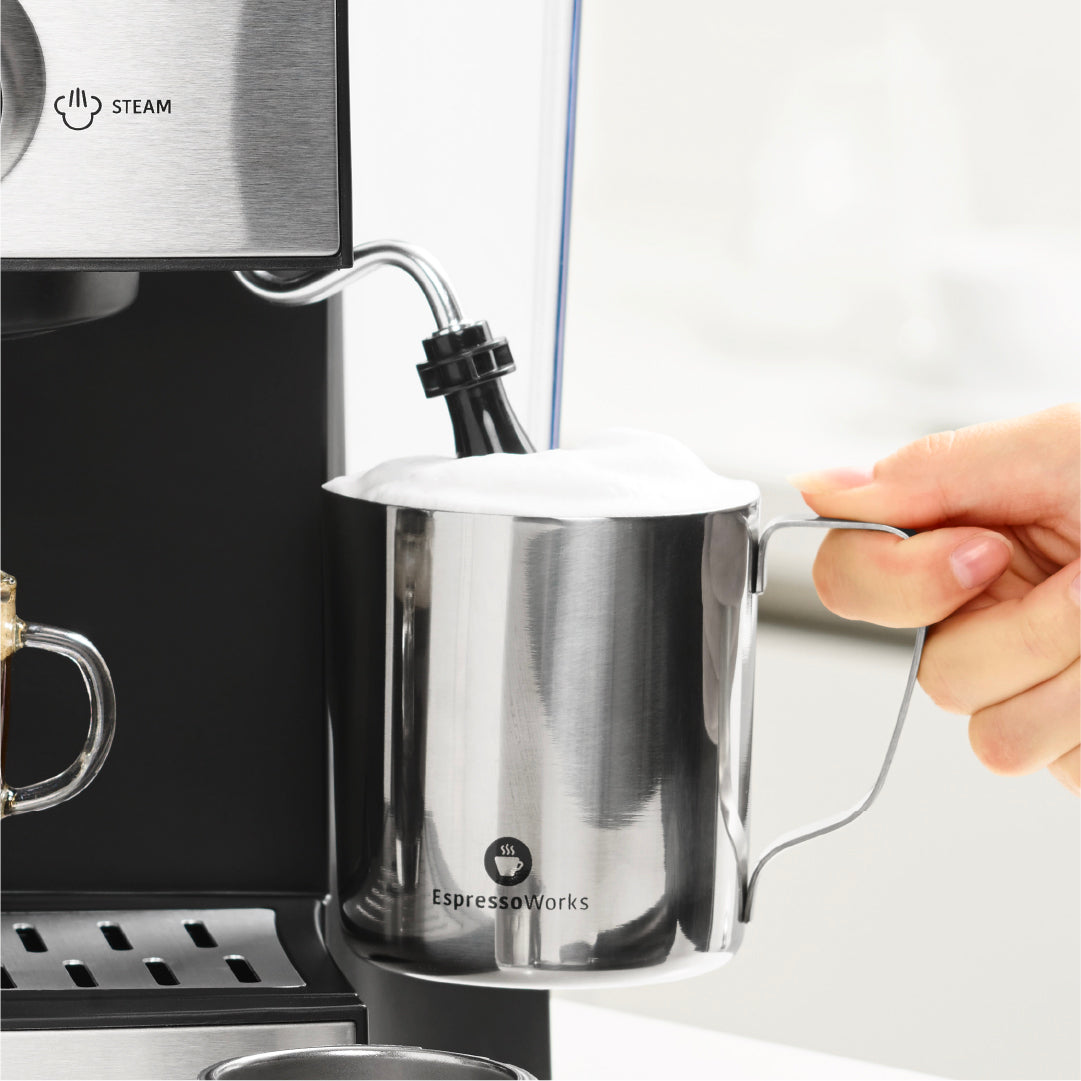
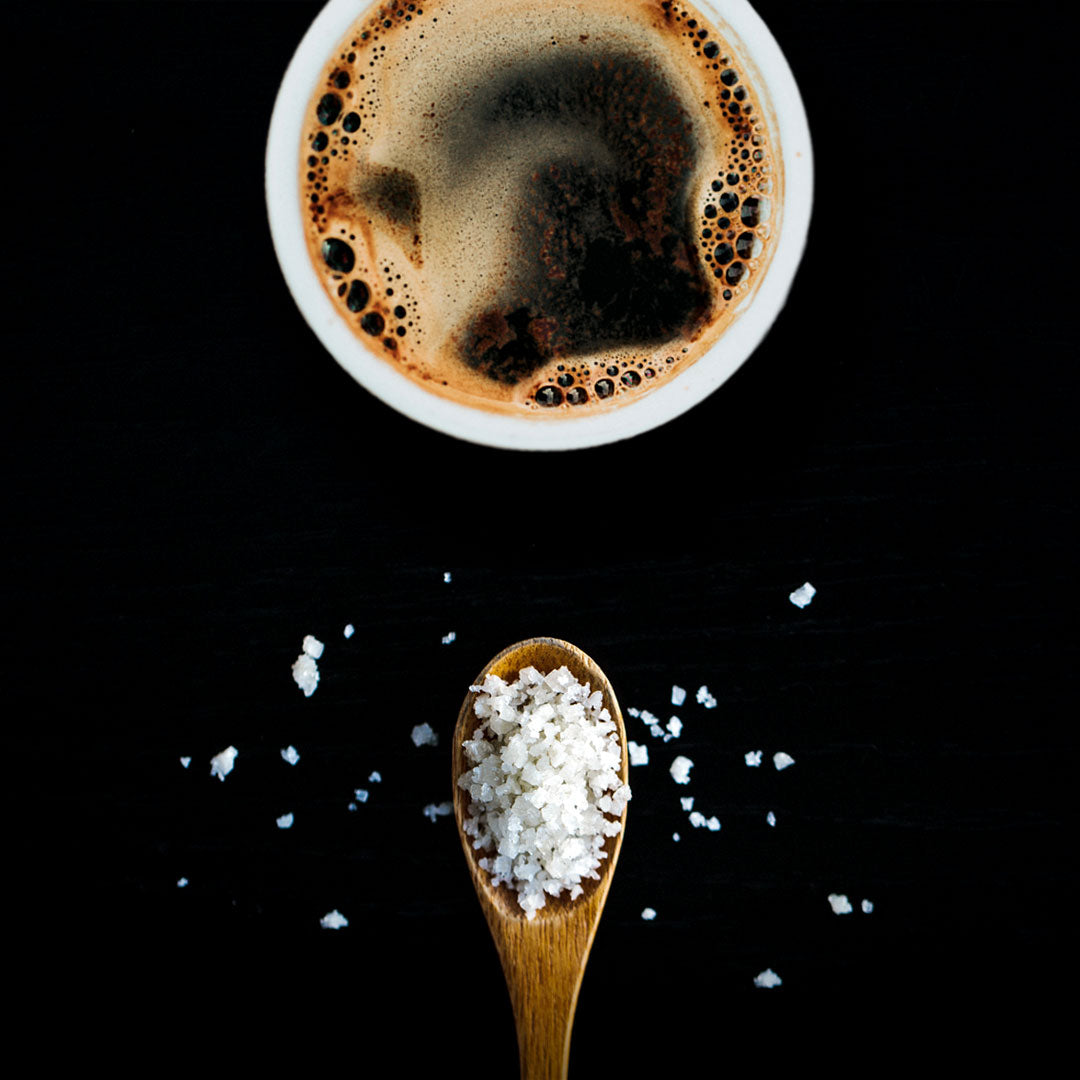
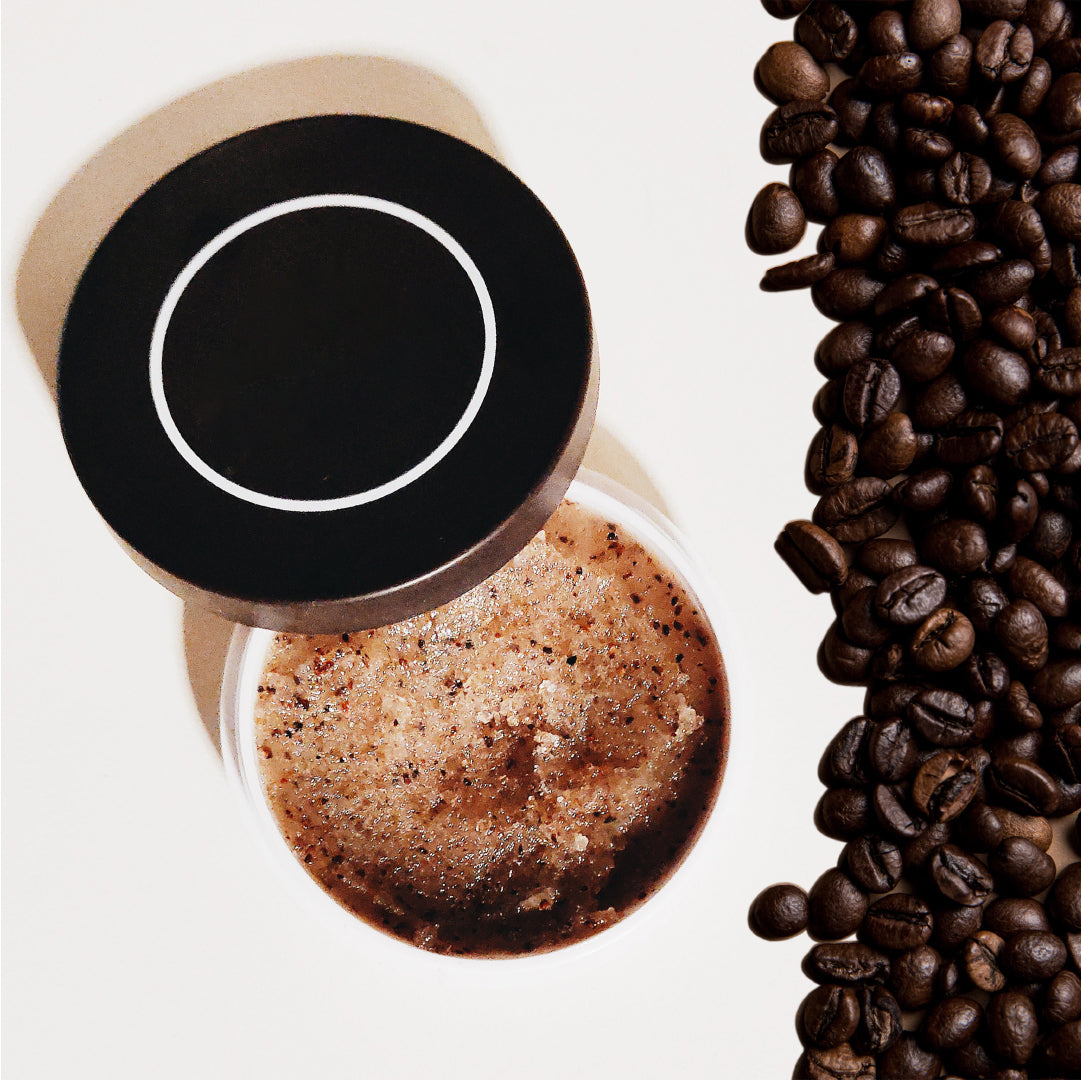

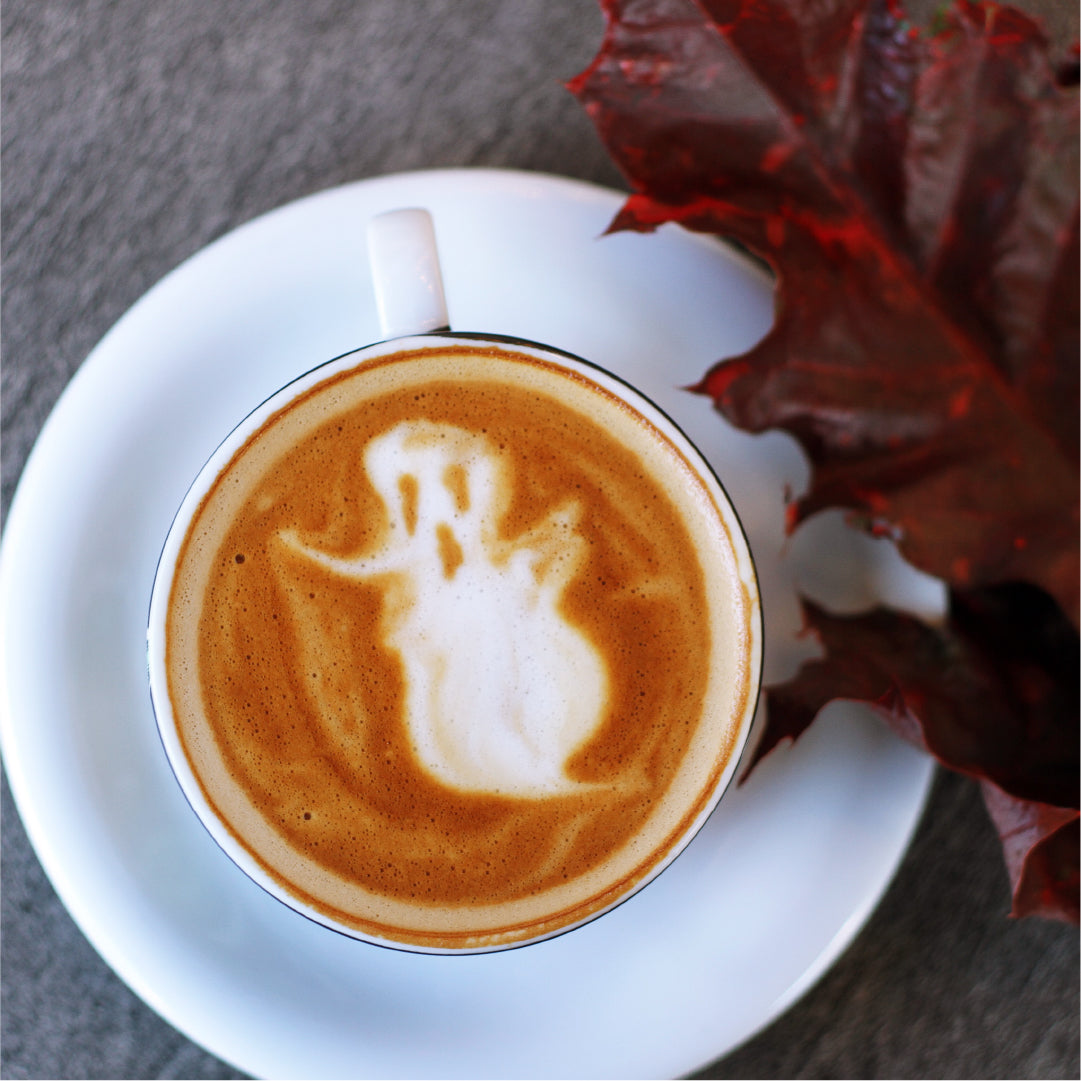
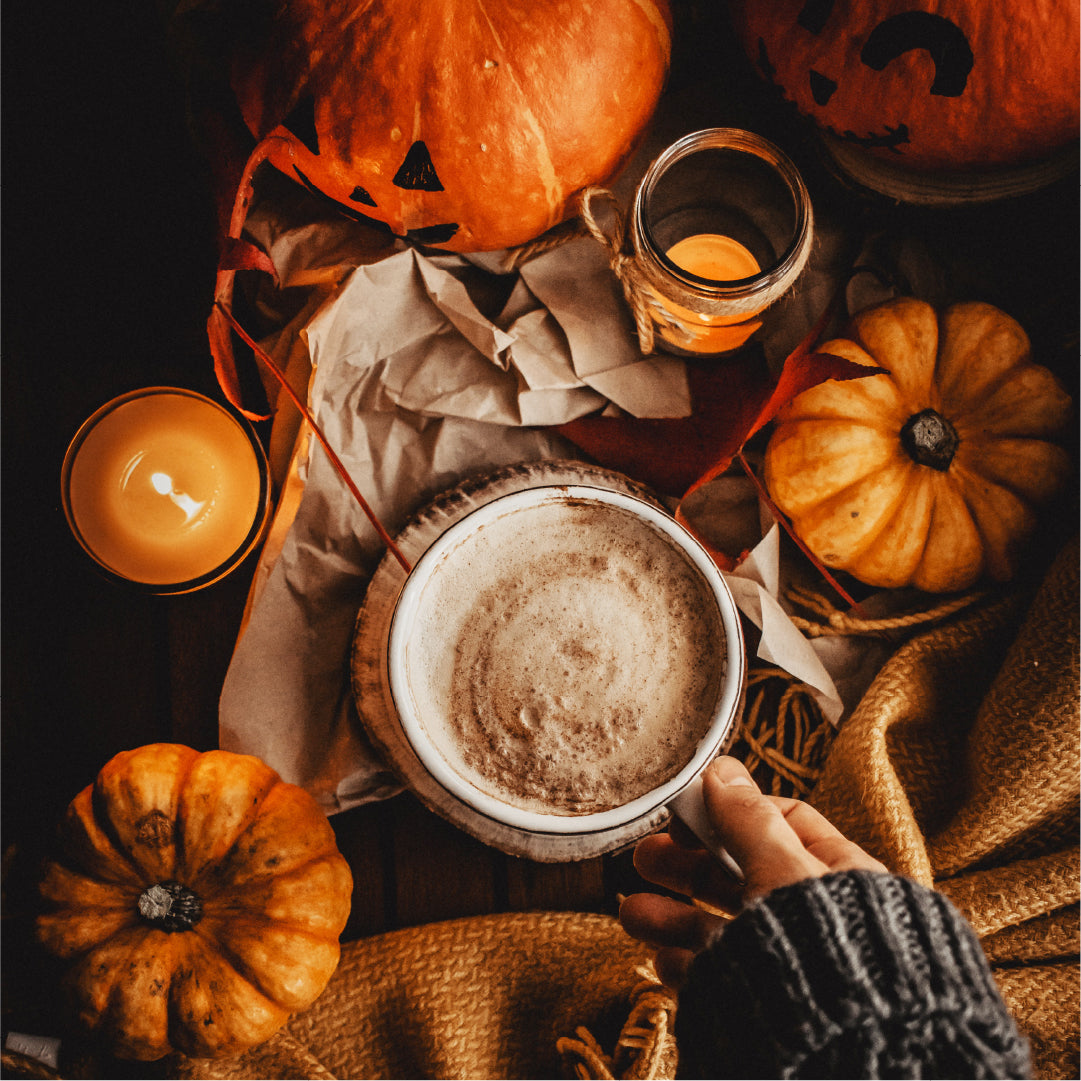
Share:
How to Make Coffee Rub for Steaks
What Is Arabica Coffee?